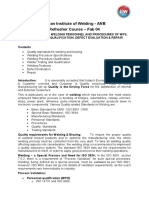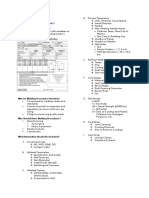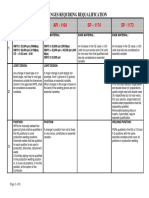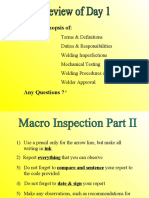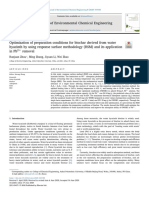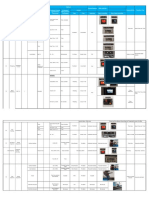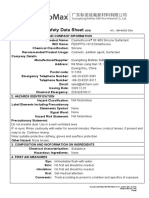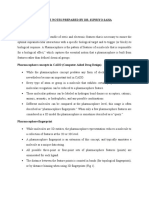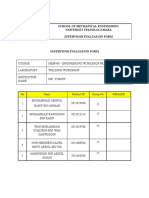0% found this document useful (0 votes)
70 views5 pagesSAW Essential Variables Notes
SAW Essential Variables Notes (1)
Uploaded by
sumaiyabegumkhan3Copyright
© © All Rights Reserved
We take content rights seriously. If you suspect this is your content, claim it here.
Available Formats
Download as PDF, TXT or read online on Scribd
0% found this document useful (0 votes)
70 views5 pagesSAW Essential Variables Notes
SAW Essential Variables Notes (1)
Uploaded by
sumaiyabegumkhan3Copyright
© © All Rights Reserved
We take content rights seriously. If you suspect this is your content, claim it here.
Available Formats
Download as PDF, TXT or read online on Scribd
/ 5




